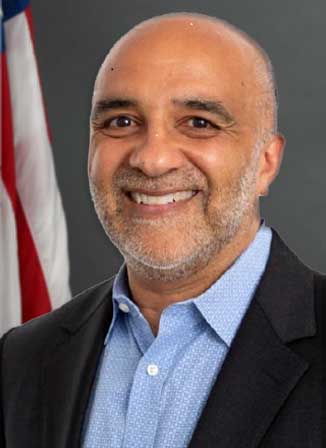Working Toward Data Interoperability
Seeing interoperability issues? Look for misalignment
When talking about data interoperability, researchers should understand that most data issues can be traced back to a lack of alignment. Data is merely a byproduct of a process; no one produces data for its own sake, so if the information being produced has nothing to do with anyone’s day to day, it won’t be good data.
Lack of alignment can be a significant problem in healthcare because it is one of the most fragmented sectors of the economy. It’s a complex value chain, so achieving as much standardization as possible is necessary to eliminate a source of problems. One way to approach the issue is for individual organizations to start thinking about what can be done to improve standardization. This will be a challenge for many healthcare organizations, not only did the pandemic sidetrack interoperability advancements, but it also revealed the depth of healthcare’s data-sharing deficiencies. Fortunately, awareness about interoperability limitations is increasing and there is a trend among regulators, providers, vendors and others to make inroads toward greater interoperability. Industry and electronic health record vendors are critical partners in this space. State and local Health Information Exchanges log millions of transactions every day, in a fragmented world, they are in a majority the market so if they start building interoperability, everyone else will follow.
Driving change? Drive the leaders
Another way to approach solving the problem is to look at the industry, the players who drive the industry and who has the authority to change standards. Apply the “80-20 rule,” to identify inputs that are potentially the most productive and make them the priority. Take insurers, for example, insurers will tell providers, ‘I literally will not pay you if you don’t use the correct codes’ when filling out paperwork. So, when insurance companies come out with new codes, everyone figures out how to deal with it. It may be worthwhile to focus a greater portion of energy into a dialogue with insurers about the value of data interoperability, recognizing the influence they have, as catalysts of change on the healthcare system.
There’s a unique role the government can play in this space. Government can be a driver towards better coordination. CDC, HHS, ONC, and other agencies can make this coordination a priority, not to establish the standards, but to work with standards development groups and incorporate [standards] into those systems.
Another factor to consider is to think more broadly about ‘what’ it is necessary to standardize. For example, ONC should be adding more social determinants of health data, it’s a natural thing for them to do. But in many healthcare settings, this is difficult information to get; it’s hard to start asking questions about race and sex, and it creates a burden for clinicians as well as patient hesitancy. So then, what about demographic data obtained by payers? The healthcare and research communities can bring that data in to inform the kinds of data we want. It’s vital to start giving more consideration to bringing other data sets together to get higher quality data. If the goal is to have more complex interactions, more patient-driven cases, there are apps for that. We should think about more creative ways to use those for interoperability.
Reflecting on the past year and a half and the massive challenges COVID-19 presented for our healthcare system, one thing that became clear is the importance of building a more connected, and more equitable system. That means discovering alignment in what our priorities are about the data we collect and how we collect it, as well as getting cooperation from healthcare influencers who can drive the change we want to achieve.

